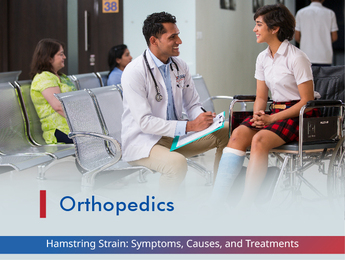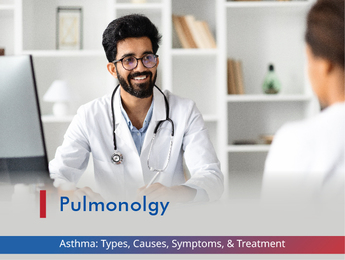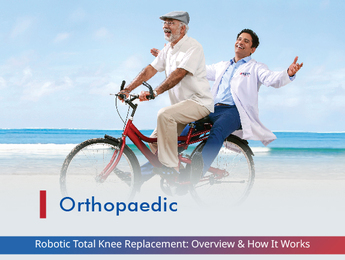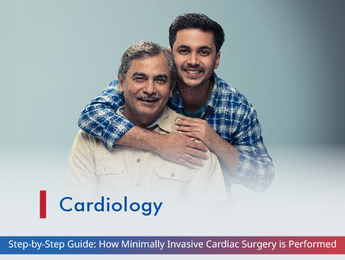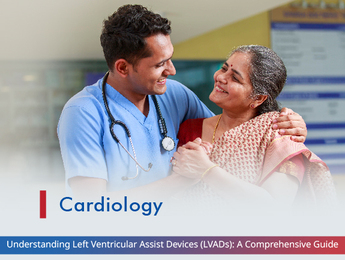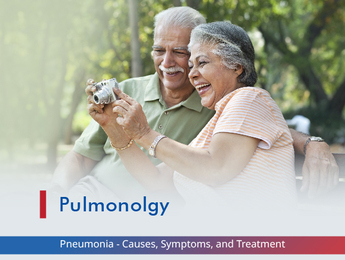What is Endometriosis?
It is a disorder in which tissue similar to the tissue lining the uterus (endometrium) is found outside the uterus. Endometriosis usually involves the ovaries, fallopian tubes and the tissue lining the pelvis– peritoneum. Rarely, endometrial-like tissue may be found beyond the area where pelvic organs are located e.g. lungs, rectum, intestines, bladder, ureters and scars.
Approximate, 26 million women in India are reported to have endometriosis. Various studies conducted in the Indian population have shown the incidence of endometriosis to range from 34% to 48% as diagnosed by
laparoscopy. The incidence in infertile women ranges from 20% to 50%.
Who can get Endometriosis?
- It is more common in women in their 30s and 40s
- Women who have never had children
- Family history such as mother, sister, aunt with endometriosis
- Prolonged bleeding during periods more than seven days
- Short menstrual cycles -27 days and fewer
Causes Of Endometriosis
The exact cause of endometriosis is unknown. Some of the possible causes are:
- Genetic factors: It runs in families and maybe inherited in the genes
- Menstrual Flow Problems: Retrograde menstrual flow is the most likely cause of endometriosis. Most of the blood comes out of the body, but some tissue flows back through the Fallopian tube into the pelvis.
- Immune System Problems: In some women with altered immune systems, the immune system may fail to find and destroy the endometrial tissue growing outside the uterus.
- Hormones: Estrogen promotes the growth of endometriosis.
- Surgery: During Cesarean Sections or Hysterectomies the endometrial tissue could be picked up inadvertently and moved to other locations. Endometriosis is known to present in abdominal scars.
What are the Symptoms and Signs of Endometriosis?
The most common symptoms of endometriosis are:
-
- Chronic (long-term) pelvic pain, especially just before and during the menstrual period.
- Pain also may occur during sexual intercourse.
- Pain during bowel movements if it affects the intestines
- Pain during urination if endometriosis affects the bladder
- Heavy menstrual bleeding/Irregular bleeding can be sign of endometriosis
- Many women with endometriosis have no symptoms
- Infertility can be associated with endometriosis and women without symptoms often learn they have endometriosis when they undergo investigations for
infertility
- Endometriosis may be incidentally detected when women are having surgery for another medical condition
What is the Difference Between Endometriosis And PCOS?
Endometriosis is a disorder in which tissue similar to the tissue lining the uterus (endometrium) is found outside the uterus
It is mainly associated with pain – pain before and during periods, pain during intercourse and sometimes pain during bowel movements and urination.
It can be associated with difficulty in conceiving
Cysts in the ovary called endometriotic cysts occur in some women which may require surgery
PCOS –
Polycystic Ovarian Syndrome is a disorder characterized by an imbalance of hormones. It is associated with:
- Irregular heavy or scanty periods
- Acne
- Excess hair growth
- Weight gain
- Difficulty in conceiving
- Predisposition to Diabetes, Hypertension, Uterine Cancers, Depression
Types & Stages of Endometriosis
The American Society for Reproductive Medicine (ASRM) classification divides Endometriosis into four stage or grades according to the number of lesions and depth of infiltration:
- Minimal – Stage I
- Mild – Stage II
- Moderate -Stage III
- Severe – Stage IV
The severity of the disease does not necessarily correlate to the level of pain or presence of other symptoms.
Treatment of Endometriosis
Endometriosis can be treated with:
1. Medication:
- Pain medication like Non-steroidal anti inflammatory drugs
- Hormonal drugs – birth control pill, progesterone pills, GnRh analogues
- Hormonal Intrauterine Device (IUD)
2. Surgery:
- Will be needed if the woman has large ovarian cysts, severe pain not responding to medication, fertility problems
3. Complementary and Alternative Therapies:
- Acupuncture
- Herbs like cinnamon twig or licorice root
- Supplements, such as thiamine (vitamin B1), magnesium, or omega-3 fatty acids


